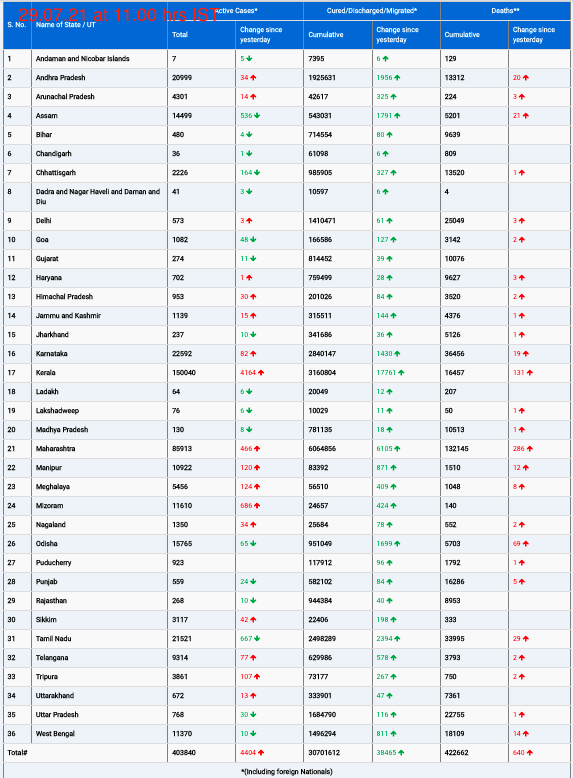Is your six-year-old suddenly finicky about the texture of their food? Don’t worry—it might just be a phase. A groundbreaking study from the University of Copenhagen’s Department of Food Science has pinpointed a distinct age group where children develop a strong aversion to certain textures in their meals.
Led by Dr. Ching Yue Chow and her team, the study surveyed 485 children between the ages of five and twelve to understand their preferences regarding food textures such as lumps, seeds, and fruit pieces. The findings, published in the latest issue of Pediatric Food Science, highlight that six-year-olds are particularly averse to foods with crunchy or chunky textures. When presented with foods like bread, yogurt, and tomato soup both with and without lumps, a staggering 76% of six-year-olds consistently chose the smoother options.
“This study provides the first scientific evidence linking a specific age group, specifically six-year-olds, to a strong dislike for lumps in their food,” explains Dr. Chow, emphasizing the novelty of their findings.
Understanding Food Neophobia
The researchers attribute this aversion to what is known as “food neophobia,” the natural reluctance to try new or unfamiliar foods, which peaks around the age of six or seven. This phase is believed to be a protective mechanism, safeguarding children against potential dangers in their environment as they become more independent.
“Children at this age are naturally cautious about food textures, which likely stems from evolutionary instincts to avoid potential food hazards,” Dr. Chow elaborates.
Interestingly, the study also explored whether the size of food chunks influenced children’s preferences. While children could distinguish between different chunk sizes once food was in their mouths, their primary aversion was to the presence of chunks rather than their size.
Implications for Parents and Industry
For parents navigating their child’s evolving palate, Dr. Chow advises patience and persistence. “Repeated exposure to new foods is key,” she suggests. “Children may need to be exposed to a new dish anywhere from 8 to 15 times before developing a preference for it.”
Moreover, the study discourages using rewards or coercion to encourage children to eat certain foods, advocating instead for a supportive and patient approach to mealtime.
Future Directions
Looking ahead, Dr. Chow hopes these findings will inform both parents and the food industry on how to better cater to children’s dietary preferences and potentially reduce unnecessary pickiness.
“This research underscores the importance of understanding children’s psychology when it comes to food,” concludes Dr. Chow. “By knowing what textures children prefer at different ages, we can create more appealing and nutritious food options.”
About the Study
The study was a collaborative effort between the University of Copenhagen’s Future Consumer Lab, the CASS Food Research Centre at Deakin University, Australia, and was funded by Innovation Fund Denmark and Arla Foods. Researchers involved include Ching Yue Chow, Anne C. Bech, Annemarie Olsen, Russell Keast, Catherine G. Russell, and Wender L.P. Bredie.
For further insights into children’s food preferences and the latest developments in pediatric nutrition, the full study can be accessed in the current issue of Pediatric Food Science.












